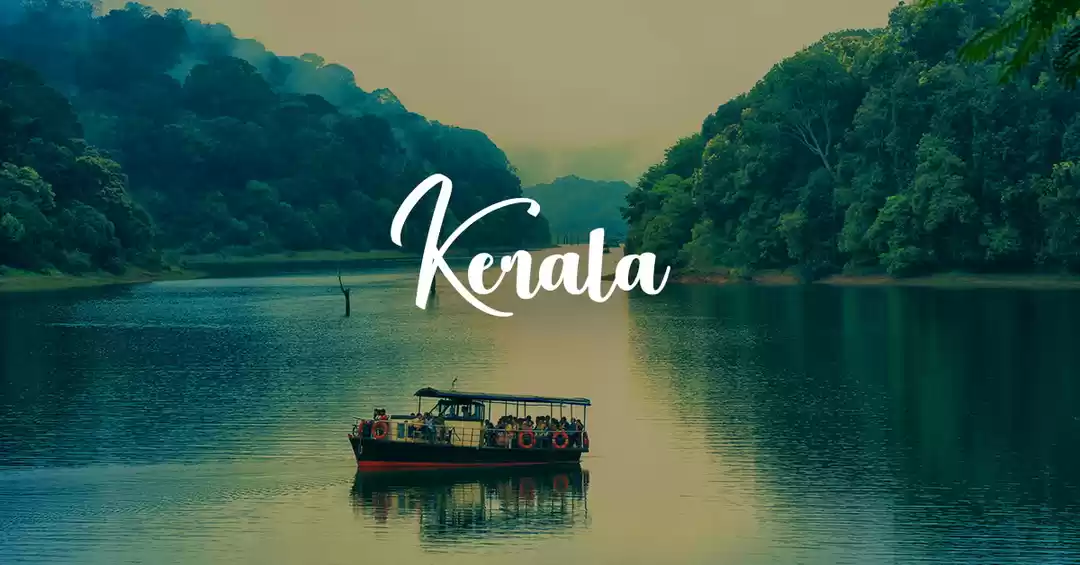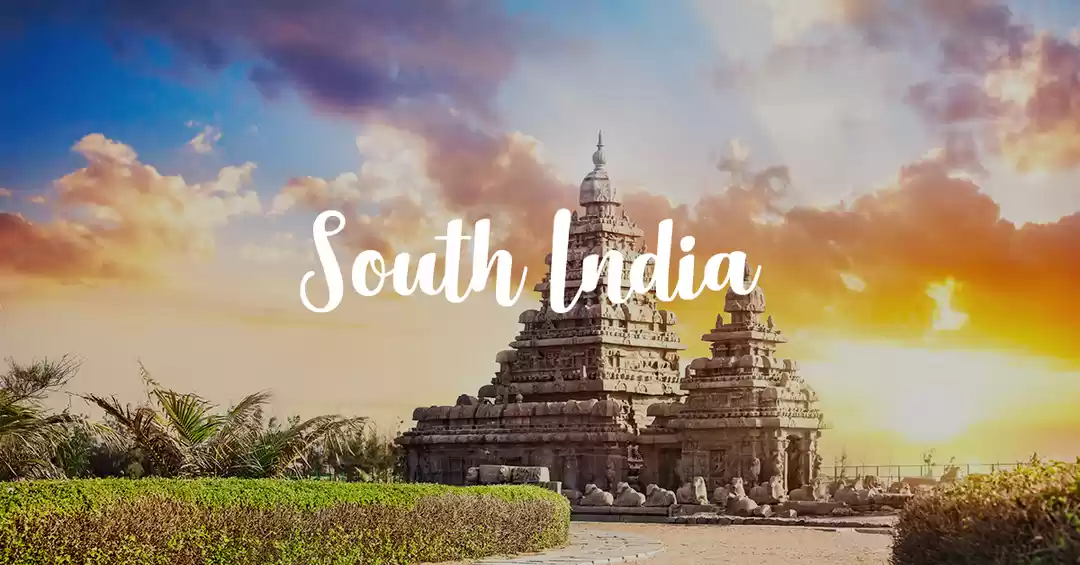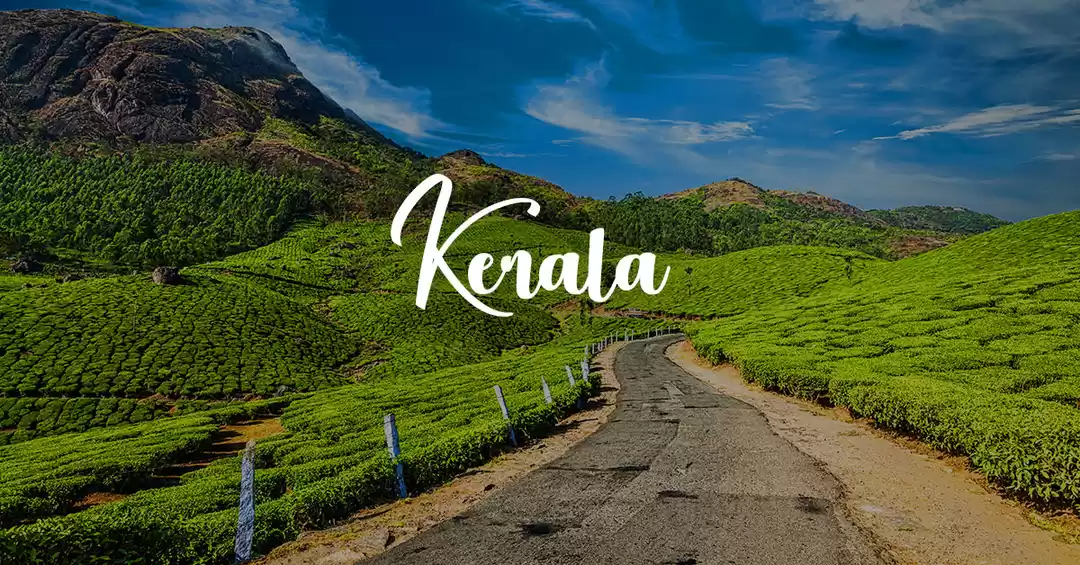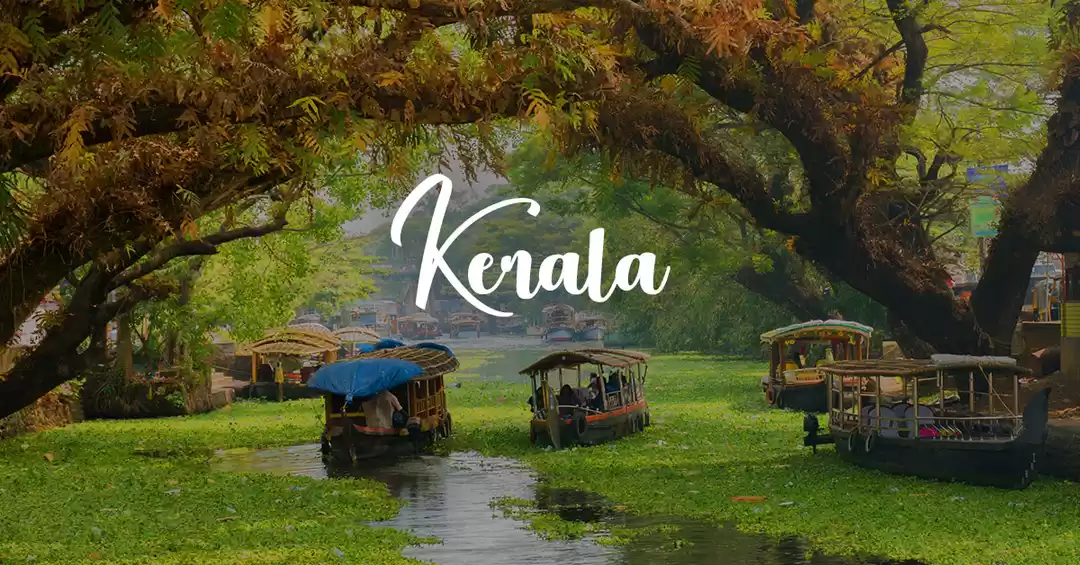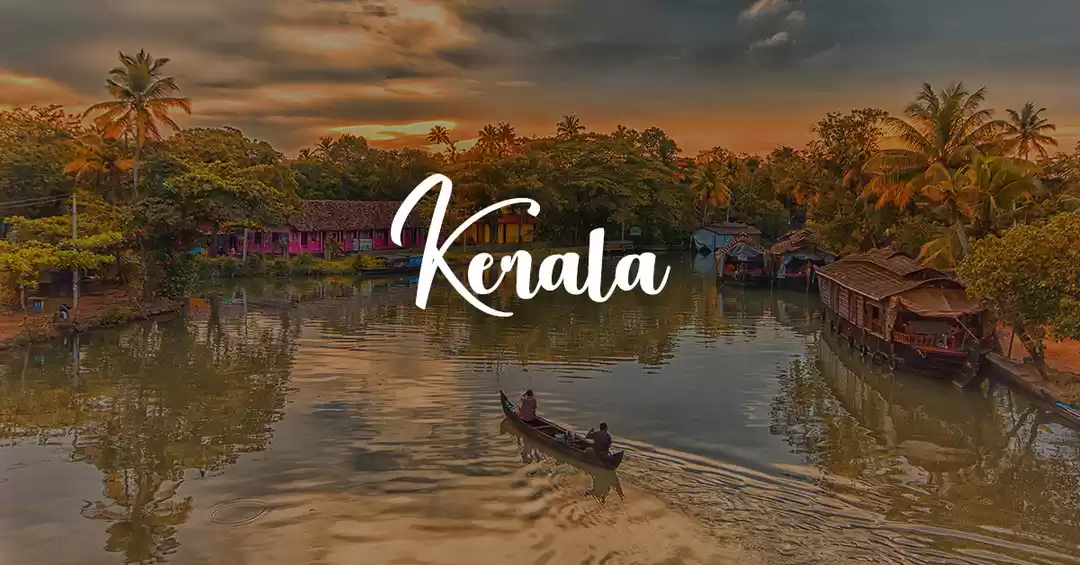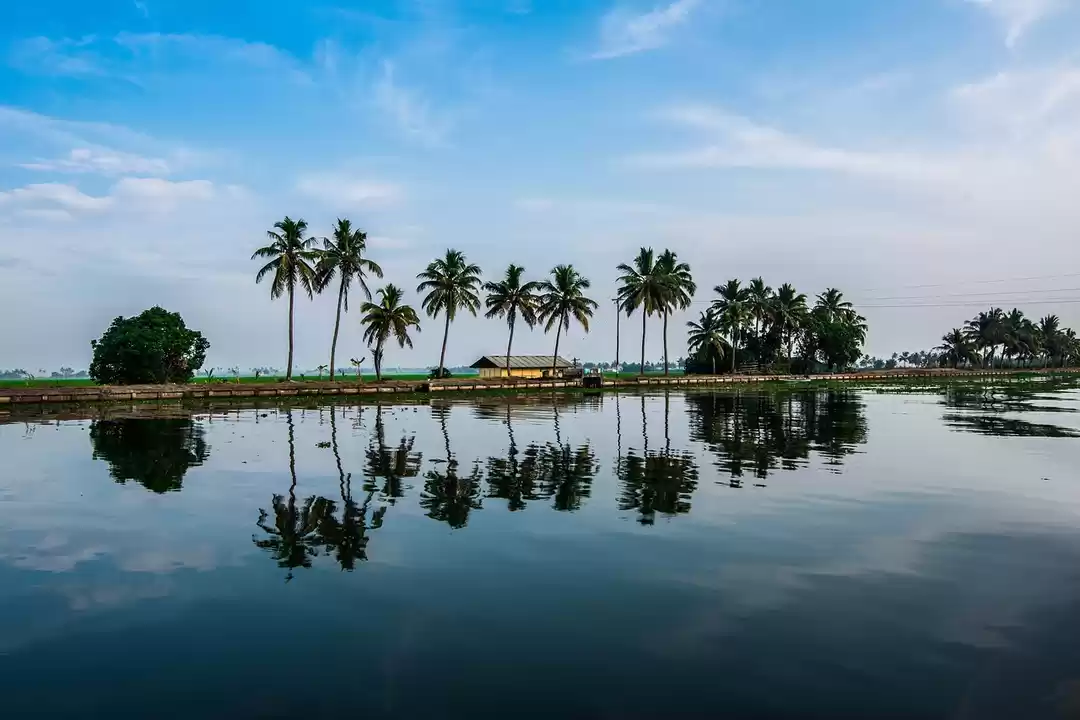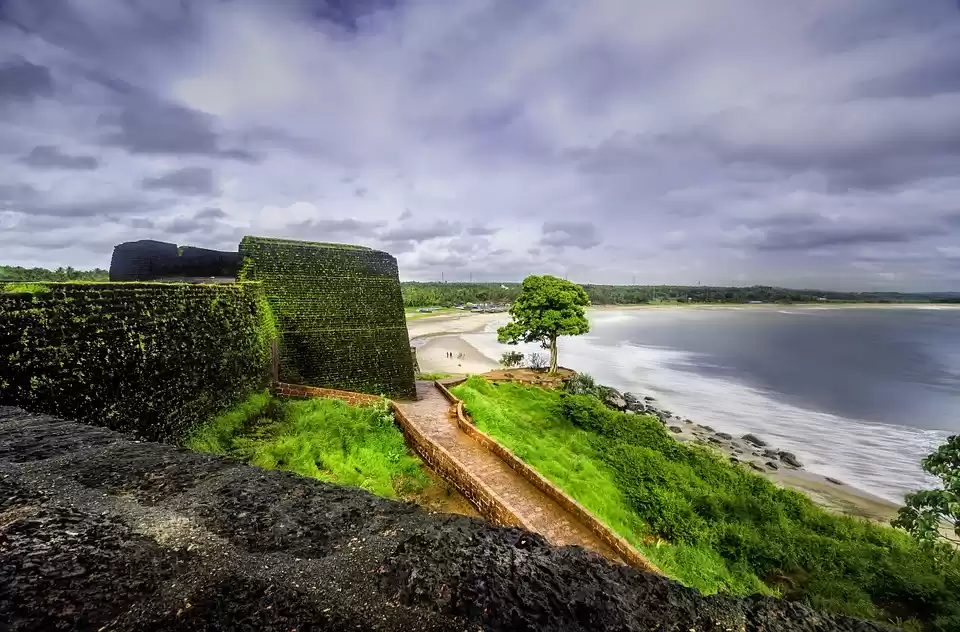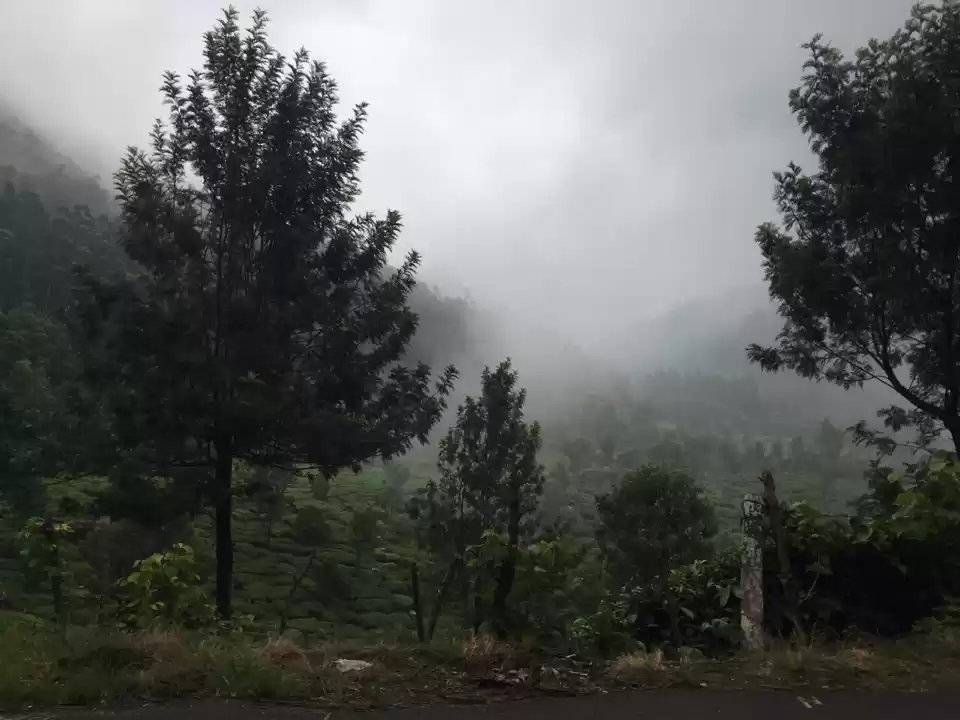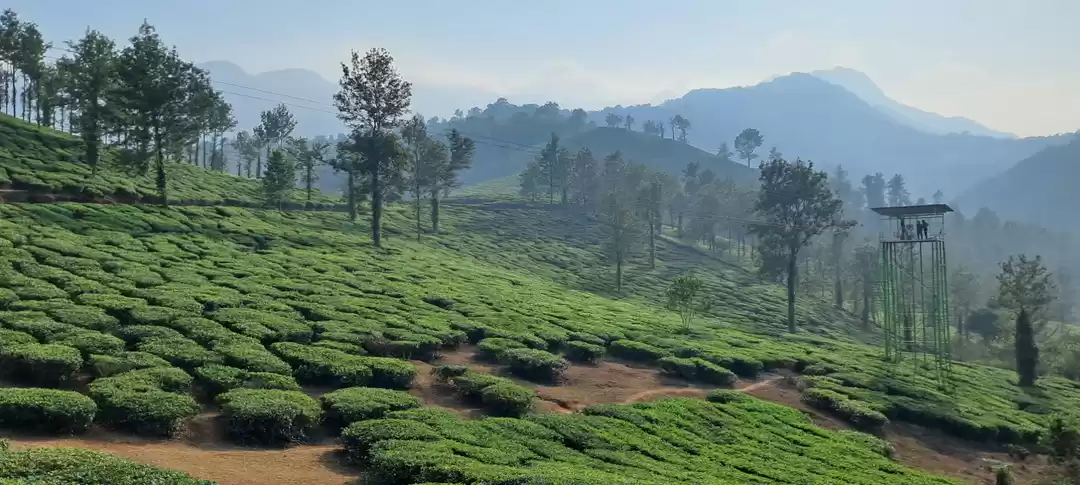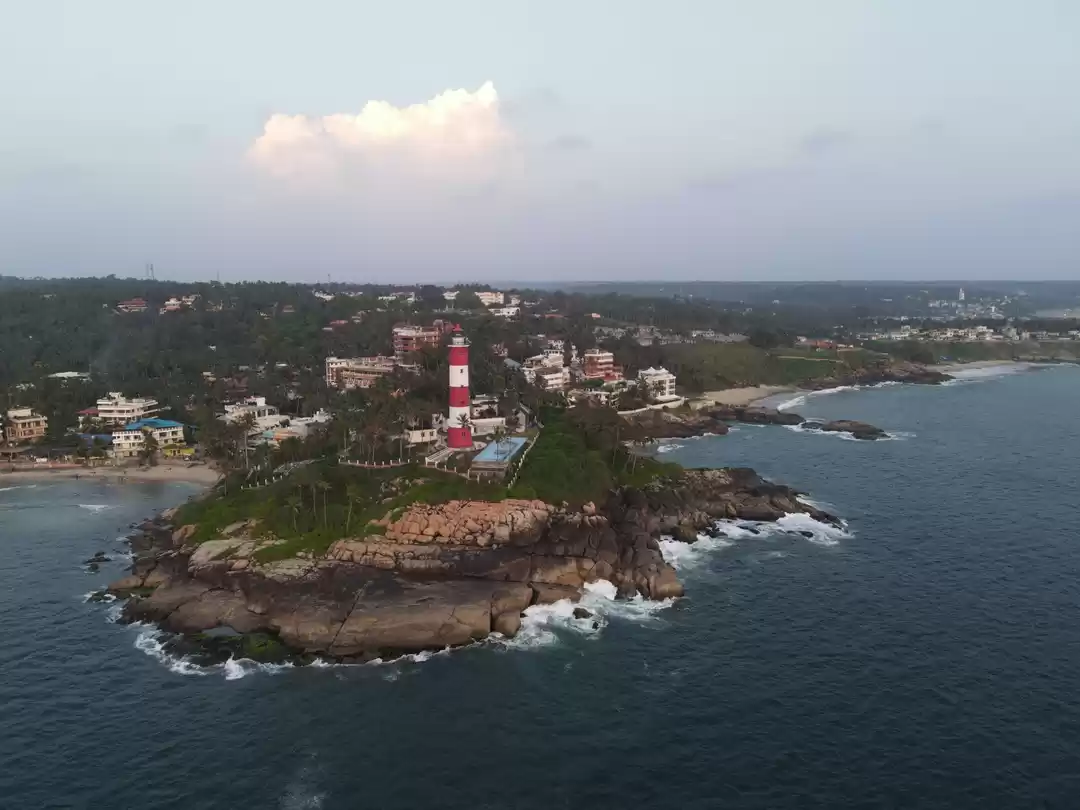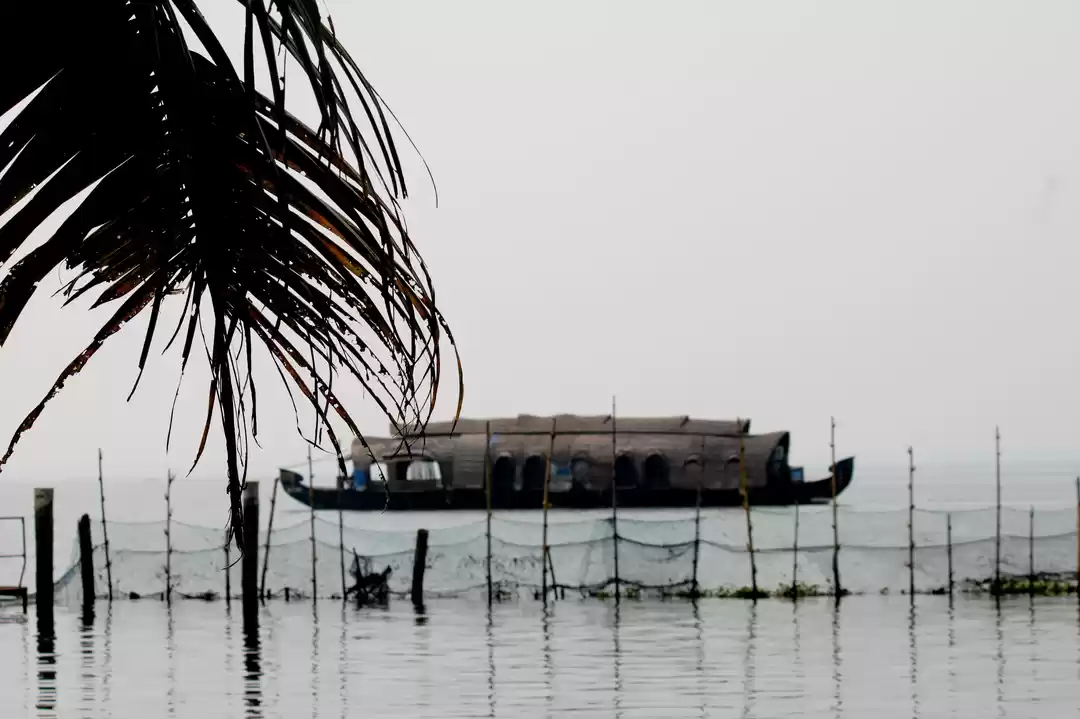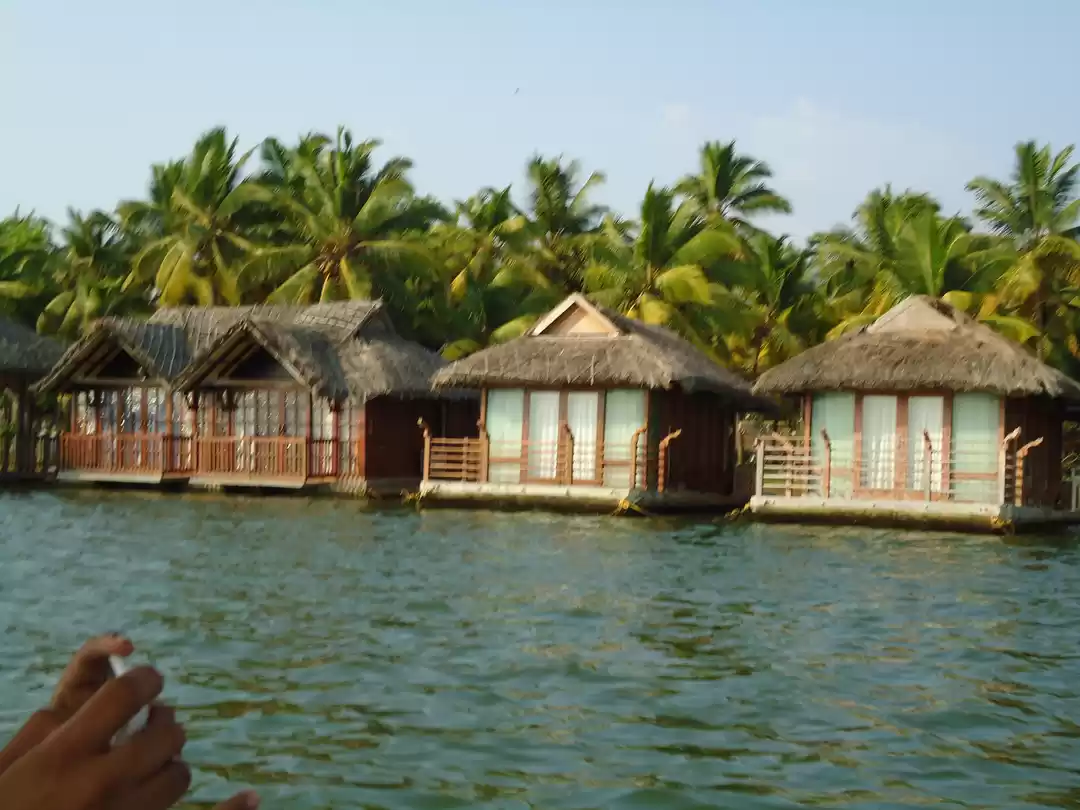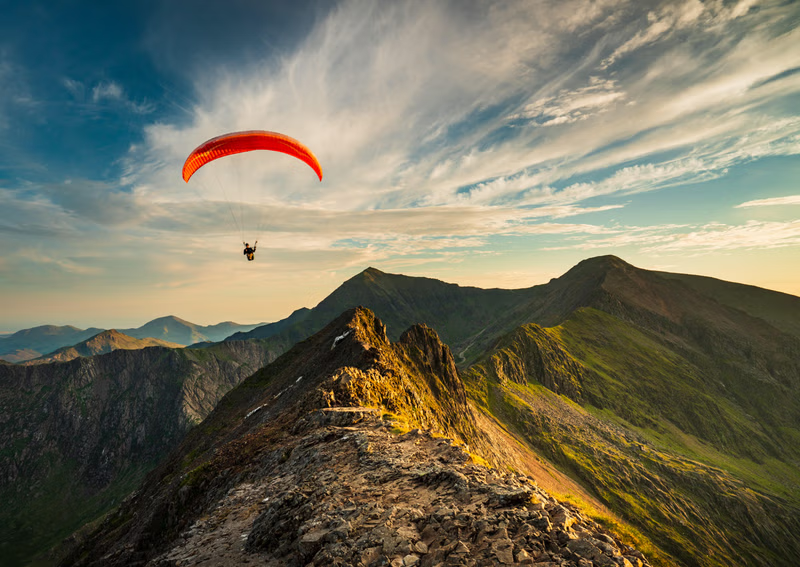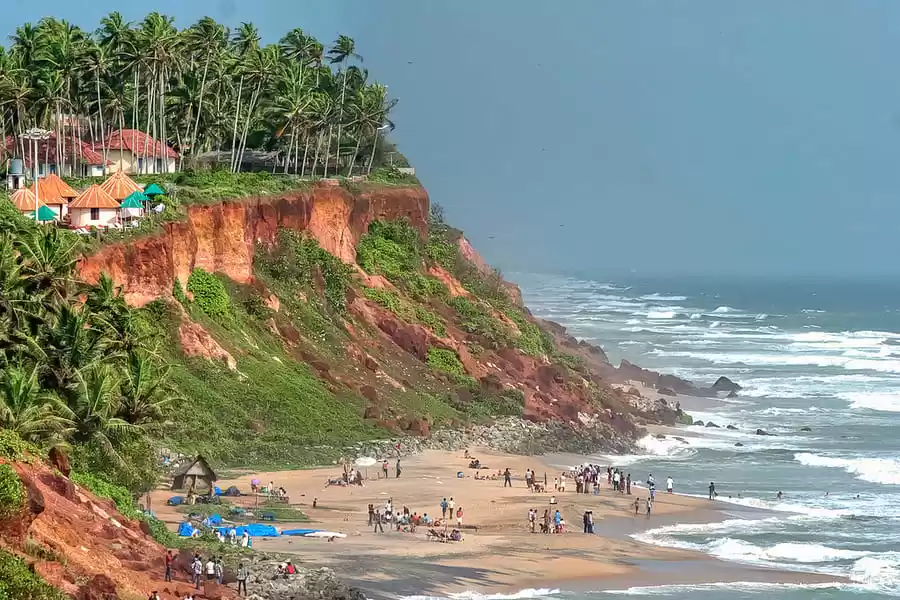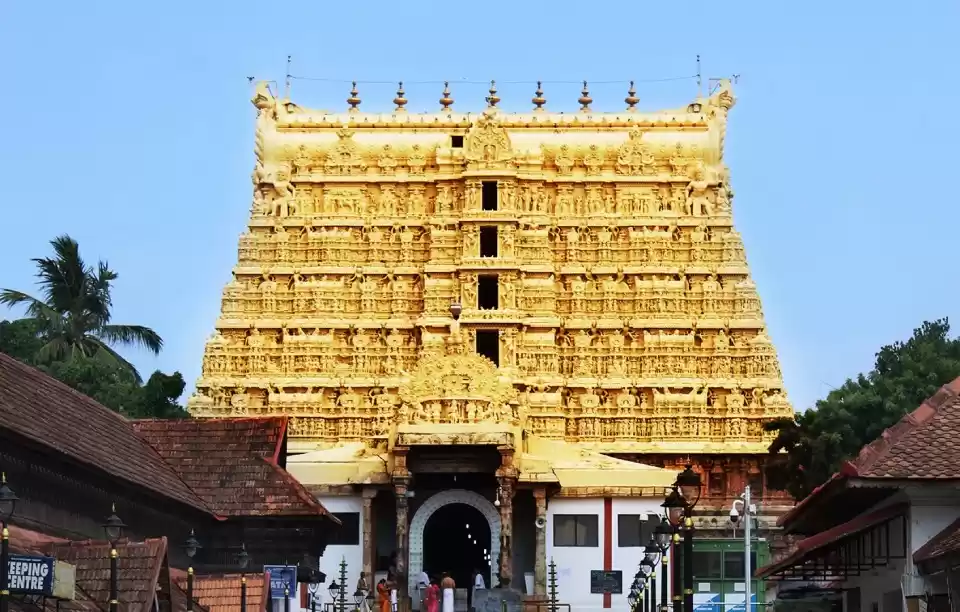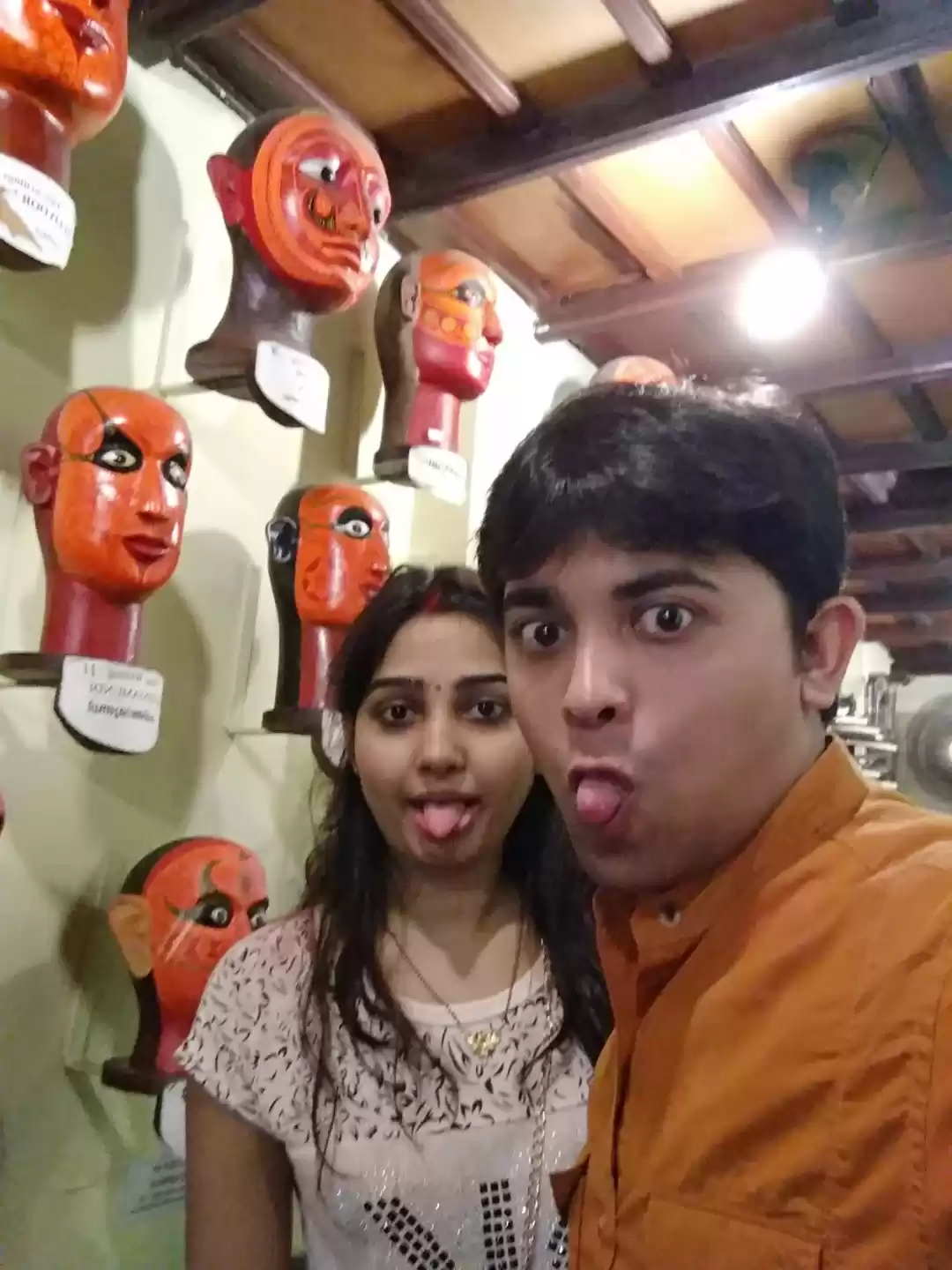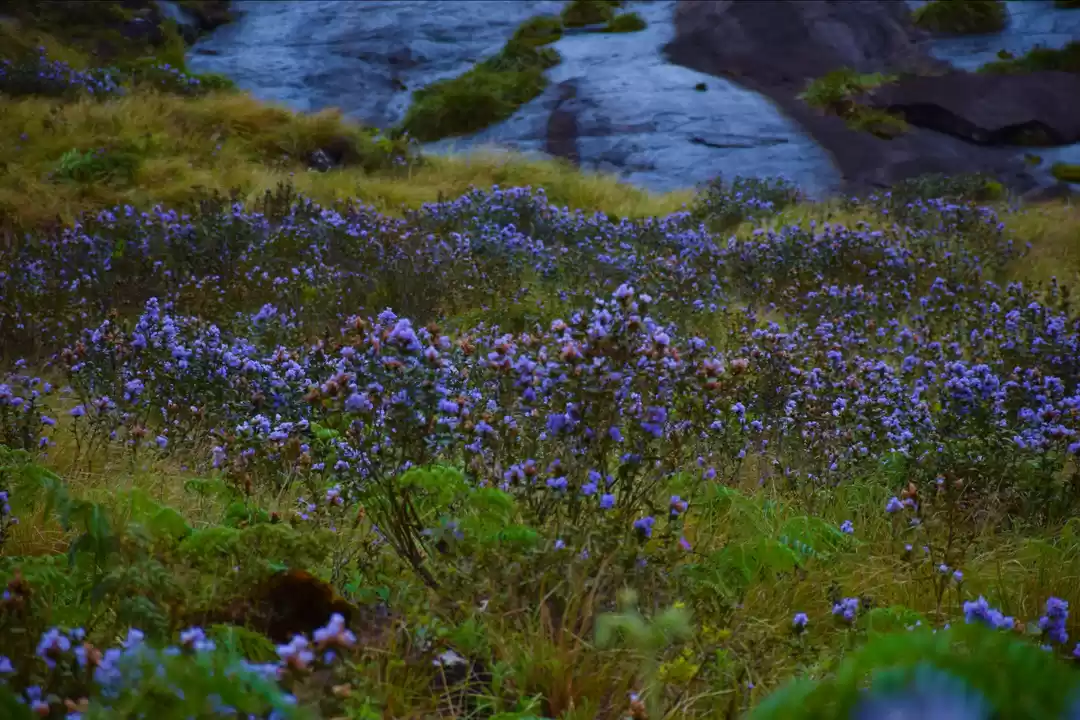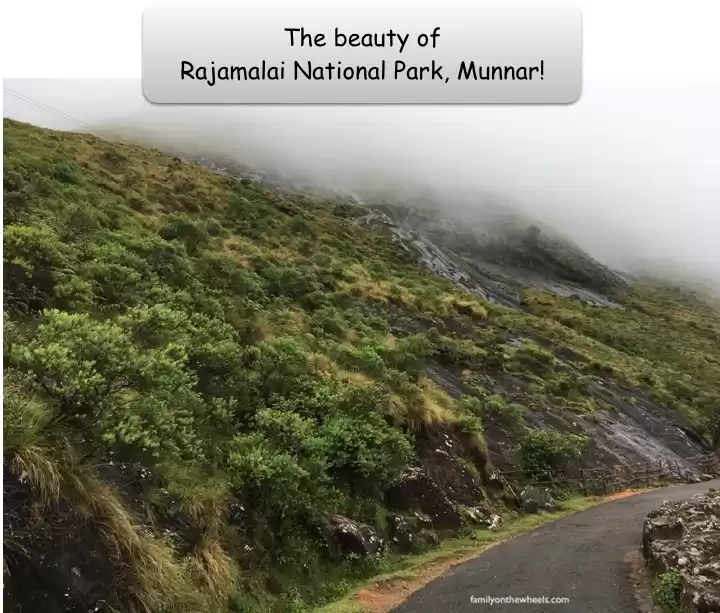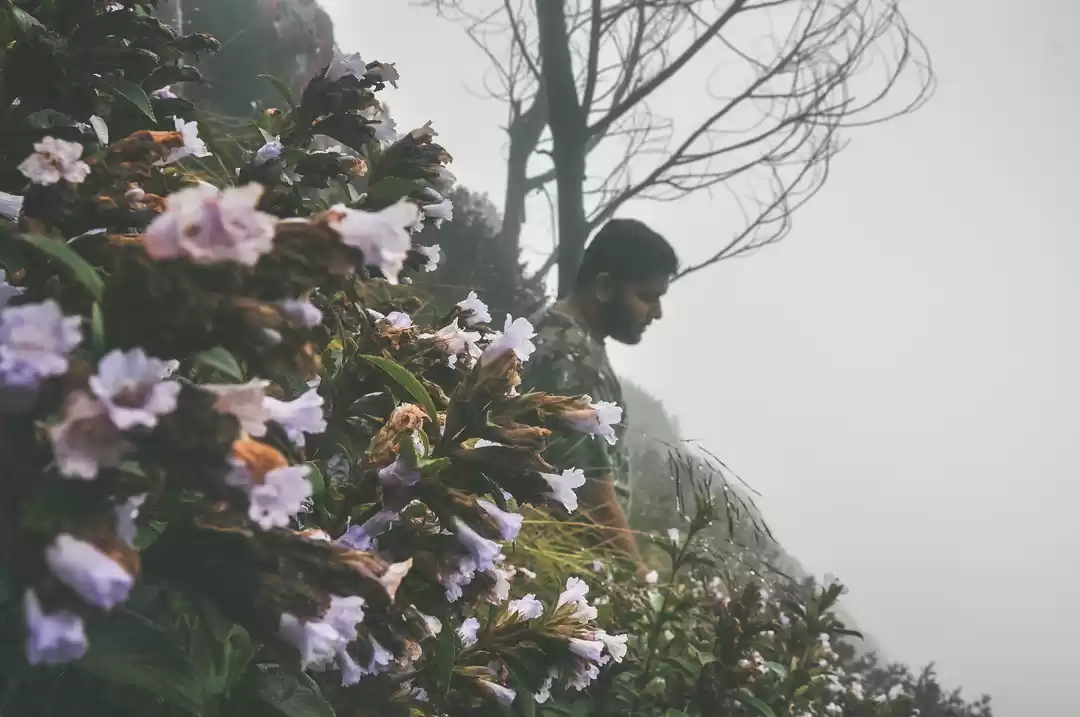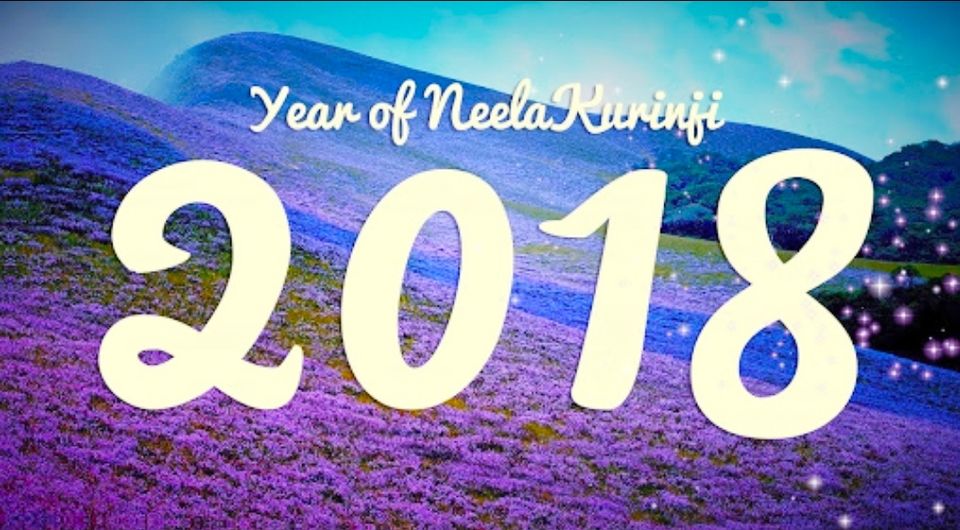
Come the month of August, the hills of Munnar will be bathed in a dreamy shade of blue till October. The long wait of twelve years is finally over as the Neelakurinji blooms only once in every 12 years and it sure is a sight to behold! The flower blooms in all its glory unleashing a visual extravaganza. In fact, there is no better time to visit Munnar than when the Neelakurinji blooms en-masse. It is easily among the most magnificent sights in the world. As mentioned earlier, the Kurinji blooms in every 12 years; the last bloom was in 2006, the next bloom will be in 2018, which will be followed by a flowering season in 2030 and so on.
The peculiarity of Munnar Neelakurinji is its exclusivity. Neelakurnji blooms take place only in Munnar. Although the plants are found in a sparse amount in other south Indian hill stations, the one in Munnar is profuse, sprawling magically across the green mountains of Munnar. The eye-soothing purplish-blue color of the flowers, will leave you awestruck with its visual extravaganza. The most attracting factor of the flower is its eye-soothing blue colour. It turns purplish-blue when the flower ages. The Kurinji flowers grow in places of high altitude of 1300 to 2400 meters with a chilly climate under amiable environmental conditions.
Make sure that you visit the place during the dawn. During the early morning, the mist blankets the valleys and the plants making it look like a piece of Paradise. As the sun rises, sending millions of invigorating sun rays to the valleys, there will be a beautiful melody of chill and warmth. As the morning progresses the sun rays melt the mist to form dew all over the Neelakurinji flowers. Taking a walk through the Neelakurinji laden grasslands is a spell-binding experience.
Visitors must reach Kovilur, Rajamala, Eravikulam National Park to see the sweeping pink-blue floral carpets that engulfs the area.
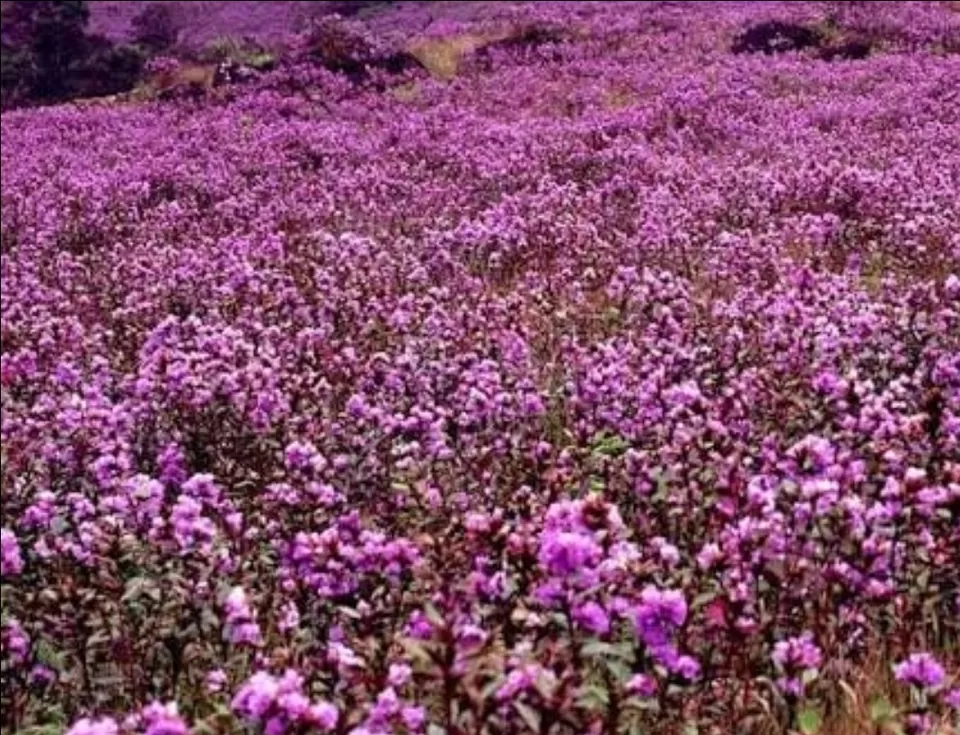
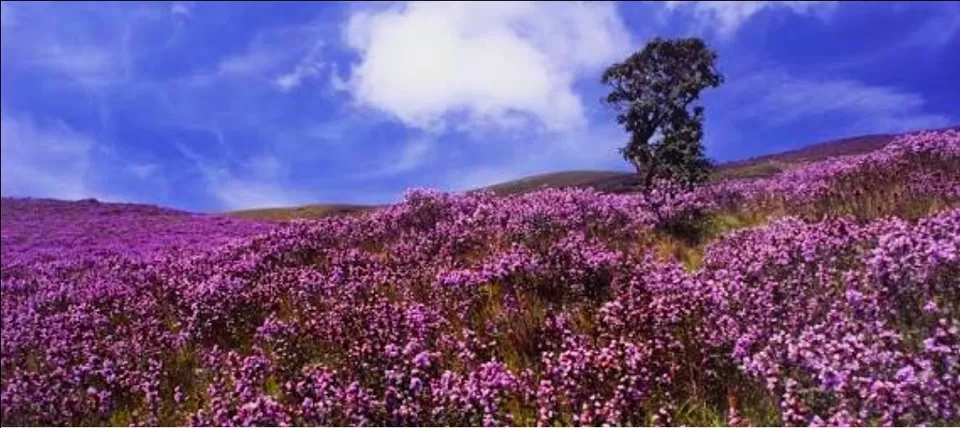
Tourists planning to visit Munnar are advised to book tickets online by login into www.munnarwildlife.com,www.eravikulamnationalpark.com The number of visitors at Eravikulam National Park will be restricted to 3,500 per day. Approx. 75% of the total tickets are made available online and the remaining 25% will be sold from counters set up at Marayoor Wildlife Complex and Old Munnar. The price of ticket for adults will be Rs 120 per person for Indian nationals while it is and Rs 400 for foreign tourists. How to reach? By Train- The Nearest railway station is Angamaly which is approx. 108 kms. from Munnar and Kottayam which is approx. 147 kms. By Air: The nearest airport is Kochi airport which is approx. 140 kms. away or Madurai airport is about 160 km. You can either take a private bus or book a cab to reach Munnar Where to stay? There are lot of hotels, guest houses and home stays which can easily fit into your budget. Finding a place to stay isn’t going to be a challenge. If the Neelakurinji flowers is what gets you to Munnar, stay back and let this paradise on Earth take over your senses. It has never disappointed anyone who made the journey. What to see? It is highly advised not to visit Munnar as a day trip. Stay for at least a day in Munnar and make sure that you relish the grandeur of the bloom in the backdrop of mist and a saffron sun. It is also home to the endangered Nilgiri Tahr whose population is currently being conserved at the Eravikulam National Park. Visit the Anamudi Peak, the tallest in South India, which has some of best trekking trails in the country. Other local places of interest in the area are Marayoor, Echo Point, Top Station, the highest point on the Munnar-Kodaikanal Route Anayirankal and Valara WaterfallHere, with pleasure, Kerala Tourism offers you in-depth insights into the 'Neelakurinji Phenomenon' through photographs of the blooming in 1982, 1994 and 2006, video clips of the Kurinji and other nearby attractions, the best routes to reach the flowering site at Rajamala, travel writers who share their experiences of having witnessed the flowering in the previous years and also scholarly articles on preserving the endangered Kurinji as well.





